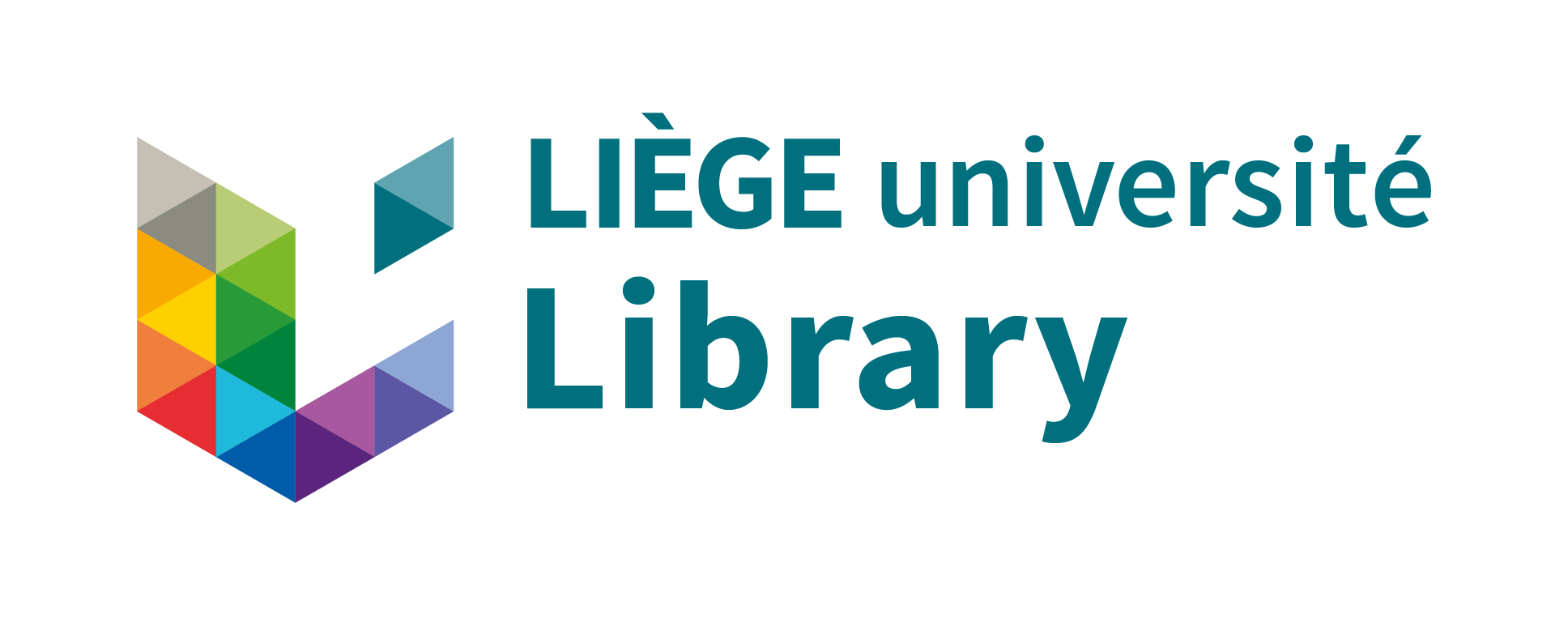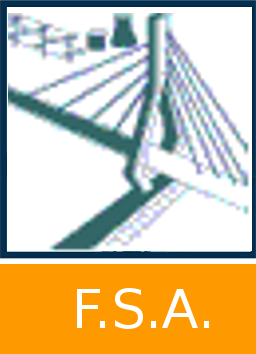Estimation of joint kinematics during running based on spatio-temporal data
Gilson, Florence 
Promoteur(s) :
Schwartz, Cédric 
Date de soutenance : 5-sep-2024/6-sep-2024 • URL permanente : http://hdl.handle.net/2268.2/20869
Détails
| Titre : | Estimation of joint kinematics during running based on spatio-temporal data |
| Titre traduit : | [fr] Prédiction de la cinématique des articulations du bas du corps pendant la course et la marche à l'aide d'un capteur inertiel portable |
| Auteur : | Gilson, Florence 
|
| Date de soutenance : | 5-sep-2024/6-sep-2024 |
| Promoteur(s) : | Schwartz, Cédric 
|
| Membre(s) du jury : | Bruls, Olivier 
Hody, Stéphanie 
|
| Langue : | Anglais |
| Discipline(s) : | Ingénierie, informatique & technologie > Ingénierie civile |
| Institution(s) : | Université de Liège, Liège, Belgique |
| Diplôme : | Master en ingénieur civil biomédical, à finalité spécialisée |
| Faculté : | Mémoires de la Faculté des Sciences appliquées |
Résumé
[en] Analysis of joint kinematics plays a crucial role in various applications, ranging from optimizing sports performance to clinical rehabilitation. However, this analysis is traditionally conducted in controlled laboratory environments, requiring expensive and sophisticated equipment, which limits its accessibility to a broader audience. This study aims to overcome these constraints by exploring the use of more affordable portable sensors to provide accurate kinematic data in more practical and realistic settings. The objective of this study is to predict the flexion angles of lower limb joints, both during running and walking, based on data provided by a single portable inertial sensor (IMU). To achieve this goal, a significant portion of the work was dedicated to experimentation and the collection of data necessary for analysis. Twenty healthy volunteers participated in this study, each performing three running trials and three walking trials at different speeds on a treadmill. The participants were equipped with an optoelectronic sensor system to measure the angles of the three main joints of the lower limb, namely the hip, knee, and ankle. Additionally, two IMU sensors were placed on each participant at different locations to determine which offered the best results. These IMU sensors collected inertial data, such as linear acceleration and angular velocity. Twelve feedforward neural networks (FNN) were then created and trained using these inertial data as model inputs and kinematic data as model outputs. The results indicate that the middle foot and heel locations for the IMU are comparable in terms of the accuracy of lower limb kinematic prediction, with a slight preference for the middle foot location.
Furthermore, this study also demonstrates that lower limb kinematics can be predicted with satisfactory accuracy using feedforward neural networks, with minimal RMSE errors of 2.616° for
the ankle, 3.142° for the knee, and 3.8292° for the hip during running. For walking, similar minimal RMSE errors were observed, with values of 2.8807° for the ankle, 4.21° for the knee, and 4.5767° for the hip. The Pearson correlation coefficients, ranging from 0.789 to 0.930 (p < 0.001) across all models, further validate the accuracy of the predictions. However, a major limitation of this study is the significant variability in results between participants, making it difficult to generalize the models to a larger population. Additional research will be necessary to improve model generalization and reduce the observed errors, thus opening promising prospects for more accessible clinical and sports applications.
Citer ce mémoire
L'Université de Liège ne garantit pas la qualité scientifique de ces travaux d'étudiants ni l'exactitude de l'ensemble des informations qu'ils contiennent.


 Master Thesis Online
Master Thesis Online



 TFE_Gilson.pdf
TFE_Gilson.pdf

